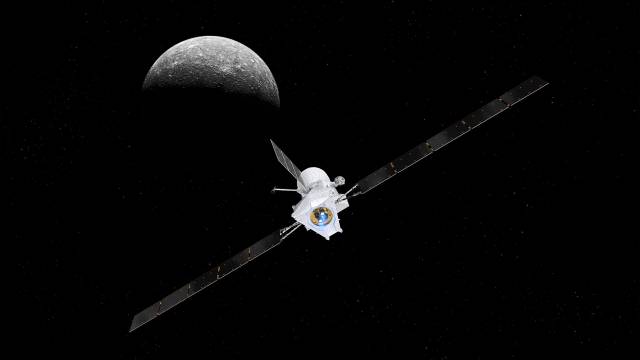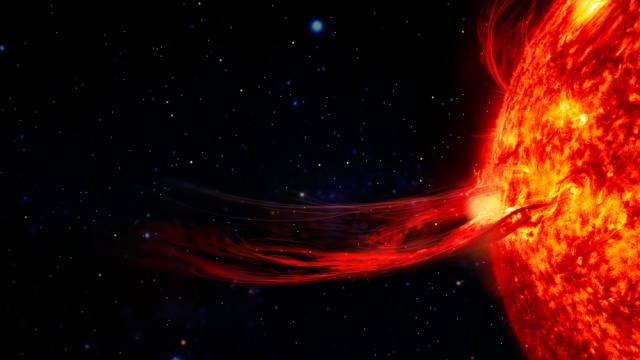On Saturday, the sky over Spain and Portugal lit up with a bright blue flash. In all likelihood, the nighttime show was caused by a large meteorite that burned up in the atmosphere.
People in both countries filmed the spectacular phenomenon on their cell phones and video recorders and shared the video on social media.





